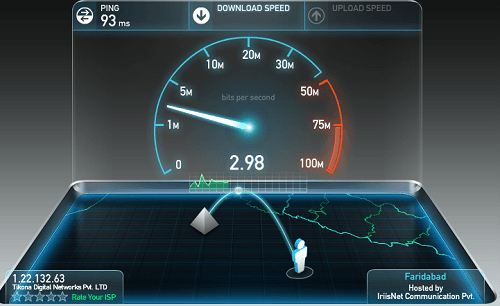

However, some of this spectrum is sitting idle and waiting to be utilized. This greenfield frequency band will largely be the building block for T-Mobile’s nationwide 5G network. T-Mobile has expanded its LTE footprint at a furious pace thanks to the addition of 600 MHz spectrum and the agility of its network team. This strategy, combined with a slew of Category 15-20 LTE smartphones, meant a tremendous boost in coverage, speeds and overall capacity. AT&T wisely used this opportunity to also upgrade the existing radio access infrastructure, including replacing the aging Alcatel-Lucent equipment with Nokia in some areas and adding the 2.3 GHz WCS spectrum for additional capacity. Over the past year, AT&T has managed to leapfrog the competition to produce the fastest download speeds across the country.ĪT&T’s addition of FirstNet spectrum meant a required maintenance visit to cell sites and the addition of brand new hardware at those locations. AT&Tĭelivering LTE service over seven licensed frequency bands and increasing the amount of seeded devices capable of four and five carrier aggregation has been paying off for AT&T. A specific look at developments related to 5G appears below. This section outlines those larger improvements. Operators continue to expand and improve their networks across the country.

Major network developments over the past year Though Sprint was the slowest operator, they showed the second largest year-over-year improvement (36.8%). T-Mobile was the second fastest (up 9.4% YoY), and Verizon Wireless the third fastest (up 9.5% YoY). This is an increase of 45.1% over Q1-Q2 2018. in Q1-Q2 2019 with a Speed Score of 32.91 on modern devices in competitive geographies. Fastest operatorĭata from Speedtest Intelligence reveals AT&T was the fastest mobile operator in the U.S. LTE Time Spent highlights the provider with the highest Time Spent on 4G. Consistency refers to the provider with the best Acceptable Speed Ratio (ASR). The fastest operator shows the fastest speeds based on Speed Score™.


 0 kommentar(er)
0 kommentar(er)
